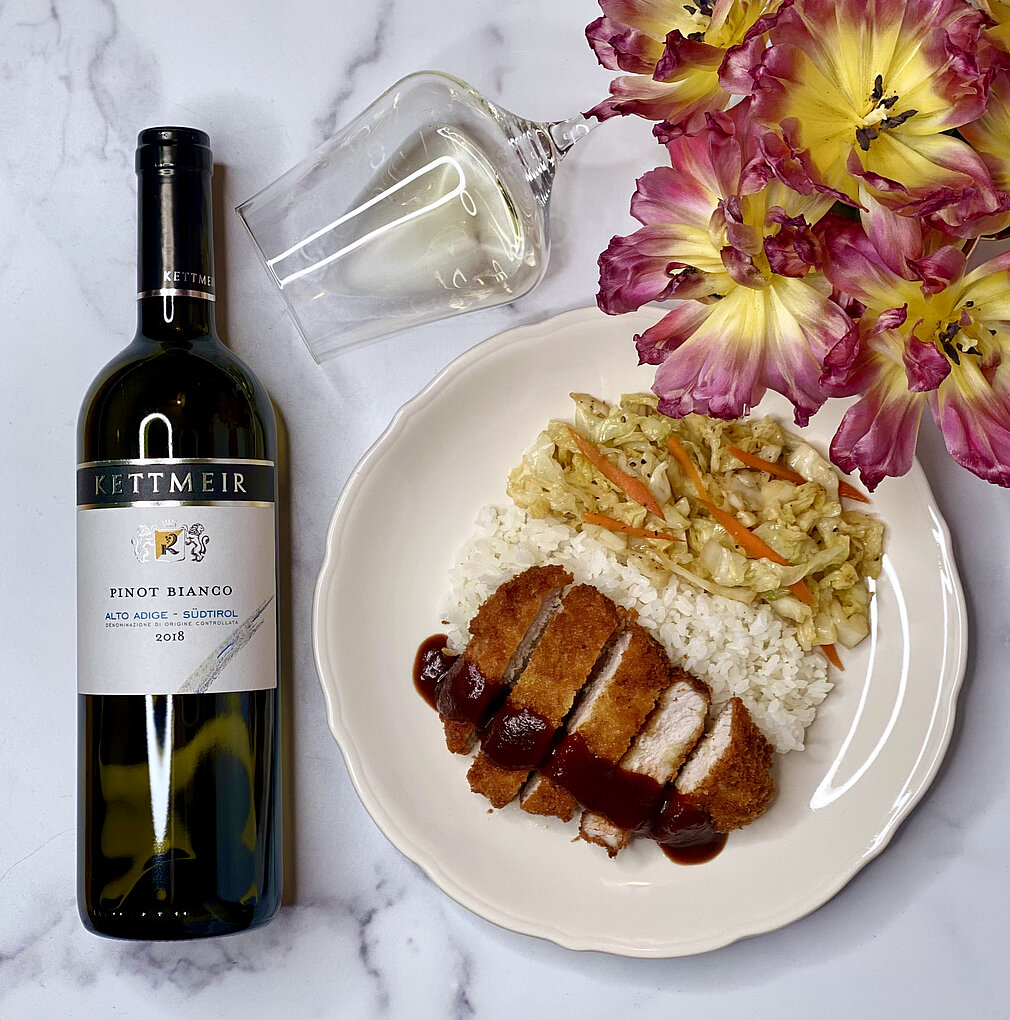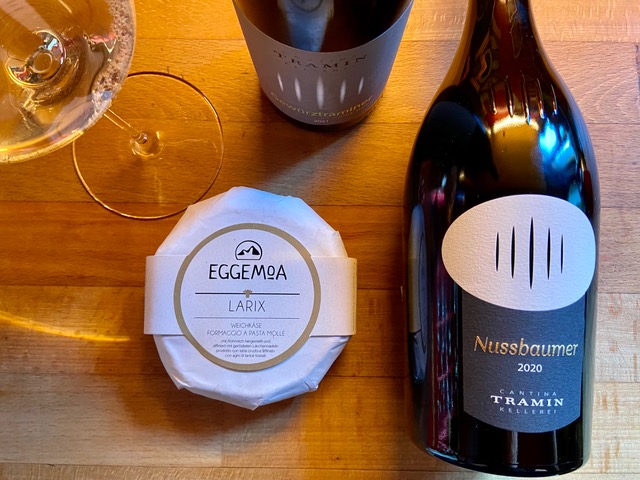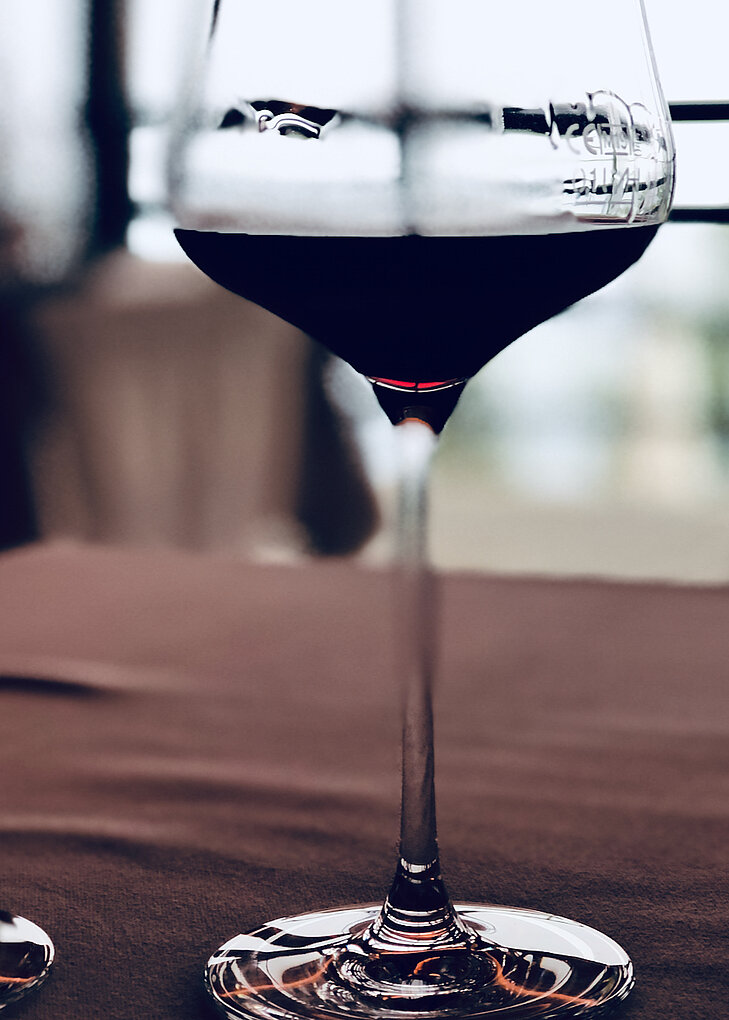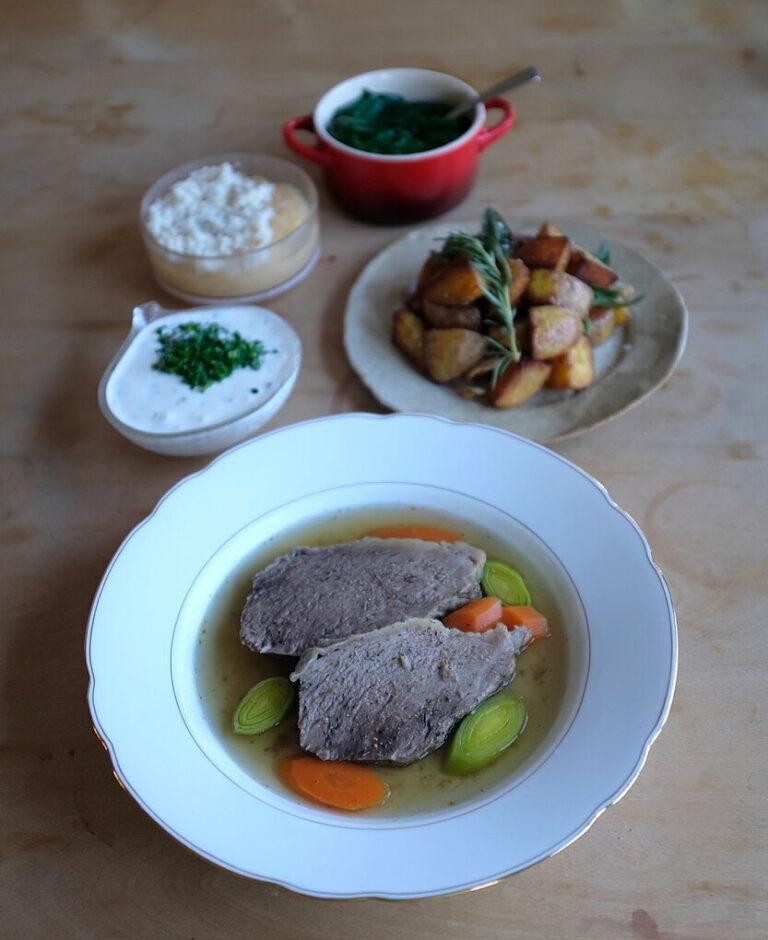Eat + TRINK | Weissburgunder meets “Schnitzel”

TRINK Magazine | Japanese Tonkatsu proves an ideal pairingwith 2018 Alto Adige’s Kettmeir Pinot Bianco.

TRINK Magazine | Japanese Tonkatsu proves an ideal pairingwith 2018 Alto Adige’s Kettmeir Pinot Bianco.
Born and raised in Taiwan, now based in NYC, Joyce Lin is a sommelier, writer, educator, and wine consultant, holding both CMS and WSET 3 certifications. Joyce’s interests in food and wine led her to create 酒意思Sip with Joyce, an omnichannel platform providing wine pairing ideas with daily meals, specializing in Asian cuisines. Joyce believes that through food and wine, people of diverse backgrounds can be unified and share the joy of life with each other.

Earth and sky. Airborne and grounded. The power and pleasure of reimagined wine and cheese from Cantina Tramin and Eggemoa Dairy.

The wine stood on a high shelf, past tense very much called for, because moments after the waitress leapt for it — leapt, did not get a stool, did not ask for help, leapt because she once could — the bottle wobbled and began to fall. On earth, objects plummet at a pace of 9.8 meters per second squared, which means this bottle will reach the ground approximately two-thirds of a second after it begins its journey. But as any oenophile knows, wine makes a moment last — in this case, long enough to share exactly 15 things about this…...

A new generation of growers is breathing life into wines of Südtirol-Alto Adige.

Trink Magazine | With forests, glaciers, and vineyards that soar above 1,300 elevation, the Vinschgau remains a bastion of true cool climate wines. By Valerie Kathawala

Digging deep with six vintages of the mine-aged iconic Gewürtztraminer Epokale from Cantina Tramin.

12/17/2021 Eat & TRINK | Go Austrian for Your Holiday Feast By Emily Campeau Tomato season rolled right into the root vegetable months, and here we are, planning end-of-the-year festivities. Whether you’re looking to ditch the old classics for a fresh recipe to impress your guests or make dinner for two with plenty left over for a next-day sandwich, I suggest we look to Austria for inspiration. Tafelspitz is a dish closely associated with Viennese cuisine and is generally considered to be Austria’s national dish. The first time I crossed paths with it was at one of those distinguished…...
Enjoy unlimited access to TRINK! | Subscribe Today